For 56 years it has been a symbol of the best of fine dining, serving up luxurious soufflé suissesse to hungry elites and earning three Michelin stars. According to Telegraph restaurant critic William Sitwell, it is “one of the greatest legacies of British gastronomy”. But Le Gavroche will close for good in January.
A symbolic end to French dining in Britain? Far from it. In fact, it is entering something of a golden age. Since the pandemic, London’s biggest openings have had a distinctly Gallic feel. In August 2023, 64 Goodge Street opened to much fanfare, offering “French cuisine from an outsider’s perspective”. In Spitalfields, the eponymous 65a serves onion soup and moules-frites.
Cadet, Planque and the recently opened Bistro Freddie promise modern French wines and natural wines, while Bébé Bob and Story Cellar flog rotisserie chicken. The Midland Grand Dining Room and Café Lapérouse offer luxury French cuisine, with L’Atelier Joël Robuchon reopening this year after a four-year absence. In Bristol, meanwhile, Littlefrench sticks to its admirable continental opening hours, serving modern French cuisine between 12pm and 2.45pm and 5pm and 9pm.


Nowhere did it flourish more than Bouchon Racine. Opened in November 2022, Henry Harris’ restaurant wasn’t supposed to be a success: minimal marketing, a menu heavy on offal, in a room above a nondescript pub in Farringdon. It was a great success, the tables were as sought after as tickets to Glastonbury. At the Food & Travel Awards last month, it was not a West African, Mexican or Sri Lankan spot that won newcomer of the year. Bouchon Racine, serving age-old cuisine, edged everyone else to win the gong.
Inspired by bouchons, traditional Lyonnaise restaurants, it offers hearty dishes – classics such as rabbit in mustard sauce alongside more challenging dishes with offal, including tete de veau and brain. It’s unpretentious. Fancy a pint of Kronenbourg? You can drink a pint of Kronenbourg.
George Pell, founder of the French-inspired The Suffolk in the seaside town of Aldeburgh, is effusive about it. “The first time I went I thought, imagine how stupid people are who spend millions on places no one in Mayfair goes, when he [Henry Harris] opens on the first floor of a pretty dingy pub and is suddenly the best restaurant in London.”
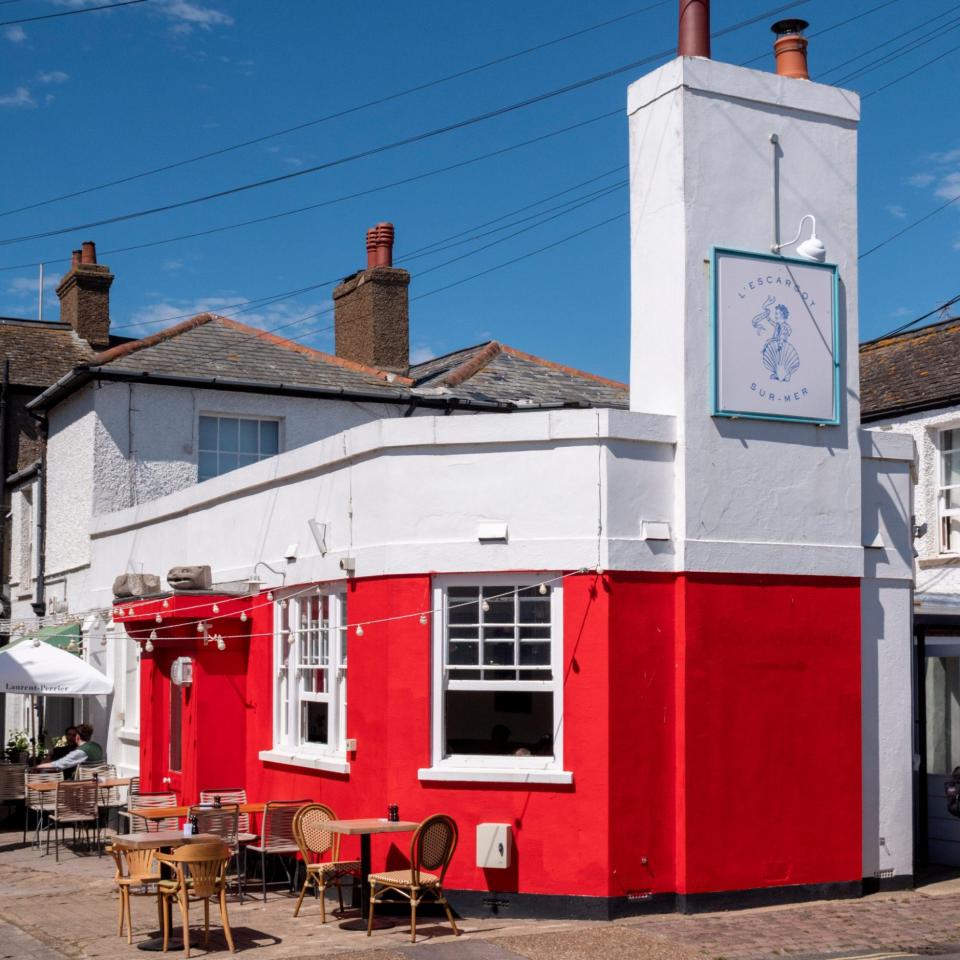

A history of haute cuisine
A few years ago, at the height of Ottolenghi and plate sharing, it would have been difficult to imagine Bouchon Racine’s achievement, but in 2023 French restaurants are more popular than ever.
French cuisine has been pretty much the height of chic in Britain since the Normans invaded, with their boeuf and Cistercian monks making quality cheese. Elizabeth Carter, editor of The good nutrition guideremembers a time when the guide’s entries were virtually “all French.”
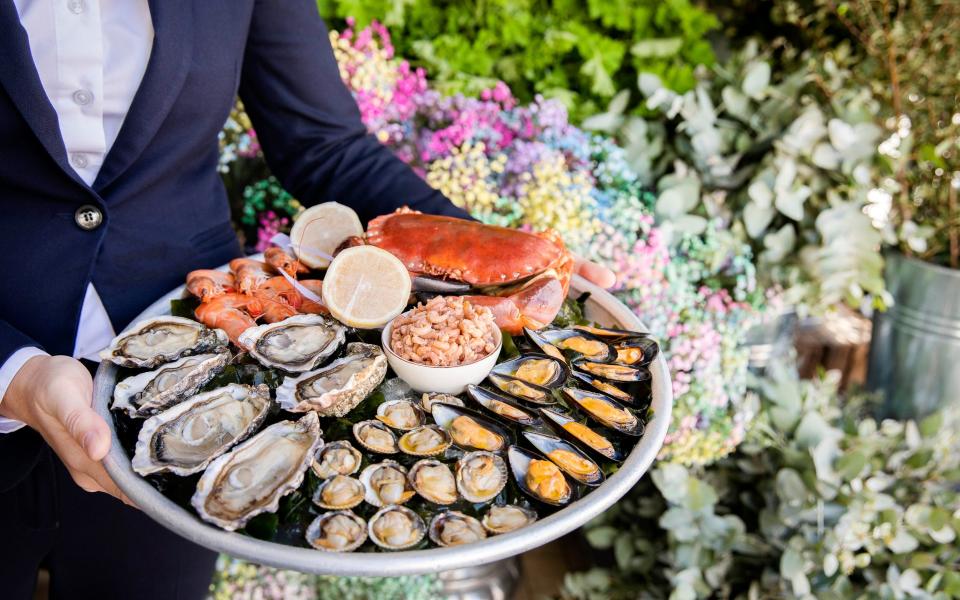

But for a while, French was far from cool. Italian cuisine, lighter and fresher, took over in the early 1990s, and soon fusion, Southeast Asian, Japanese and Middle Eastern restaurants were much more trendy. Rumors of the demise of Parisian restaurants did not help its reputation. In 2019, a YouGov poll ranked French food among Italian, Chinese, Japanese and Thai in global tastes, while countries like the US and Denmark routinely had more restaurants on the World’s 50 Best lists than France. French became synonymous with Michelin stuffiness. Worse still, it was boring.
Gallic influences
As a child, Henry Harris, the founder of Bouchon Racine, regularly holidayed in France and his father owned a French restaurant in Brighton. The high-end kitchen was trained as a chef in the 1980s and was mainly French. When he opened his first (very French) restaurant, Racine, in Knightsbridge in 2002, it quickly became a favourite. After closing it in 2015, he finally opened a new place post-Covid, and there was no doubt it would be French.
There were already signs that French food was back. Carter sees it as a slow burn that could explode at any moment. Restaurants such as Frenchie in Covent Garden, opened in 2016, showed how a modern French bistro could flourish, but since the pandemic a trickle has turned into a tsunami. “It’s really gaining momentum,” Carter says. “People want good food, but not to be challenged. They don’t want tasting menus, they want choice and delicious food. And French food is very tasty.”
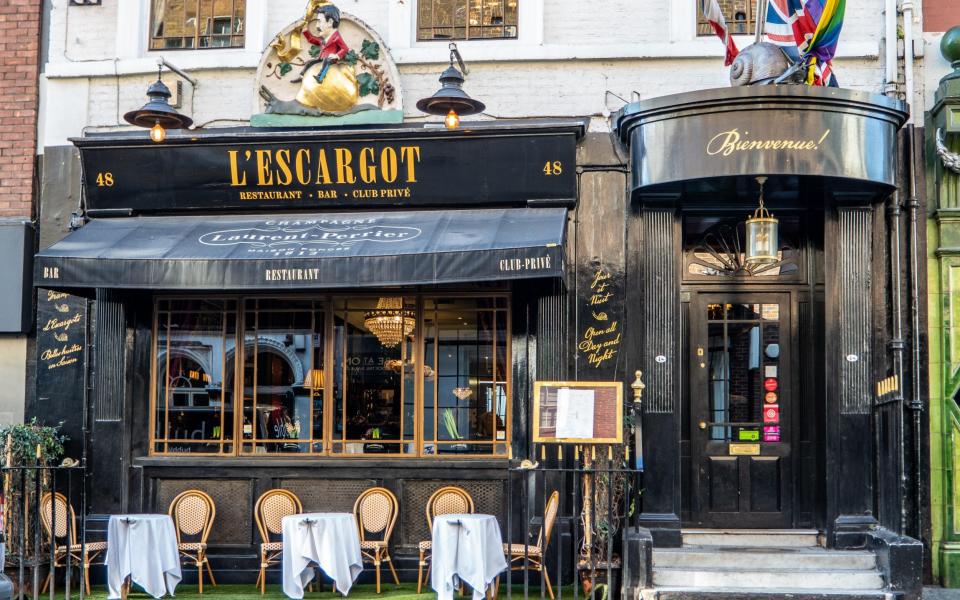

This year The good nutrition guide Les 2 Garçons in Crouch End, North London, voted the best local restaurant in the capital. It was opened in 2021 by chef Robert Reid and maître d’Jean-Cristophe Slowik, both of whom have long histories in French restaurants, and has been consistently packed ever since, even moving to a larger location. It’s definitely old fashioned: perfect snails, steak tartare, the best tarte tatin I’ve had. “I think in these times of hardship, accessible, unpretentious dining with quality food has become popular,” says Reid when asked why his restaurant has struck a chord.
That same year, one of London’s long-standing favorites, L’Escargot, opened an offshoot, L’Escargot sur-Mer, in Aldeburgh. Intended as a pop-up for the summer, while staycations were all the rage, a permanent location quickly became necessary. Pell, a director at L’Escargot, was soon relaunched as The Suffolk. L’Escargot is a classic take on French cuisine, while The Suffolk is modern: fish grilled over charcoal, sometimes with champagne sauce or beurre blanc.
“Classic French food, but with produce from east Suffolk,” says Pell, who was inspired by Francophile London wine bars such as Planque and Cadet. “There’s a really exciting shift towards quality cooking, but less stiff service,” he says. “Super elegant, chic, but quite sexy and cool and current.”
From the 1990s onwards, the bistronomy scene in Paris offered a more imaginative, less staid version of the French bistro. Global influences trickled in – soy sauce! ginger! – and were accompanied by an interest in natural wines, a restaurant formula that will be recognizable to anyone who has recently visited a trendy urban area in Britain.
Yet French restaurants are also flourishing, and not just in Britain. In New York, La Marchande, a new French brasserie, graces the Wall Street Hotel, while the diminutive Le French Diner may be the hottest ticket in town. Washington DC and the Bay Area have both seen an increase in the number of French restaurants.
The future is French
On this side of the Atlantic, there are no signs of slowing down. In January, Claude Bosi, who already runs Bibendum, Socca and Brooklands in London, will open his own bouchon, Josephine in Fulham, perhaps inspired by Bouchon Racine.


Shortly afterwards Bavette will open in Horsforth, Leeds. Bavette is run by chef Sandy Jarvis, who worked for Harris at the original Racine, and Clément Cousin, who grew up on a family vineyard in the Loire Valley. Bavette serves classically inspired bistro dishes: think of pate en croute, shellfish bisque and côte de boeuf. . Jarvis was directly inspired by Harris – “he’s been a bigger part of it [the French restaurant revival] than anyone else.”
French food never really went away. Large restaurants such as L’Escargot, The Ritz and even Brasserie Zédel are still great favorites. Chez Bruce in Wandsworth is regularly named as one of London’s best restaurants. Côte still exists.
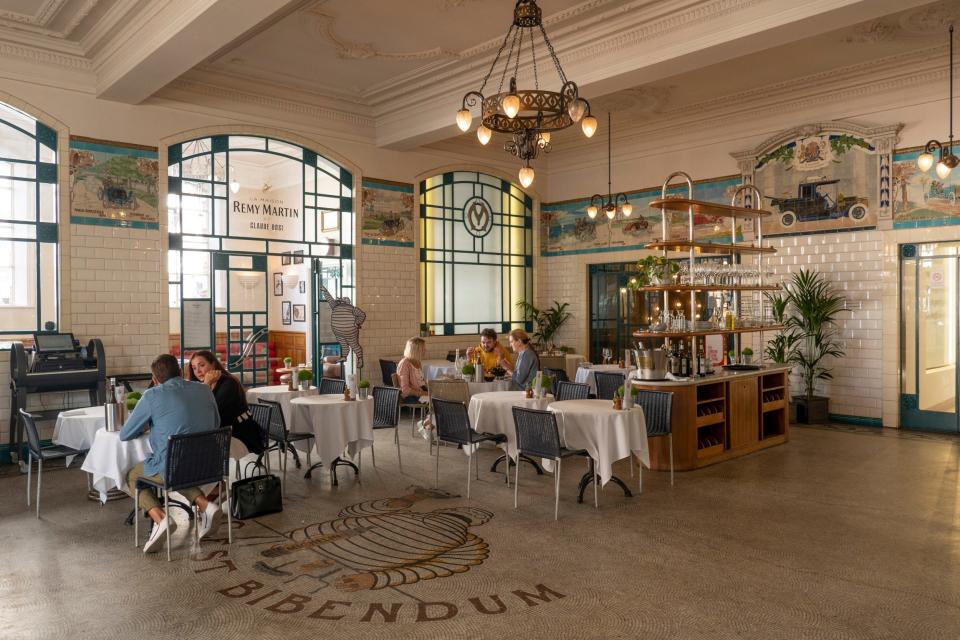

Yet fashion is cyclical. Harris remembers Racine’s opening in 2002, which heralded a rebirth of French cuisine. Later restaurants such as Terroirs, now closed, were extremely popular. “Almost every country has great food, but I think I helped people remember it [French] is one of the largest cuisines in the world. I know how to open it [the original] Racine really put French cuisine back in people’s minds.” Twenty years later, Harris has done it again.
5 French restaurants to book
Chez Jules, Edinburgh
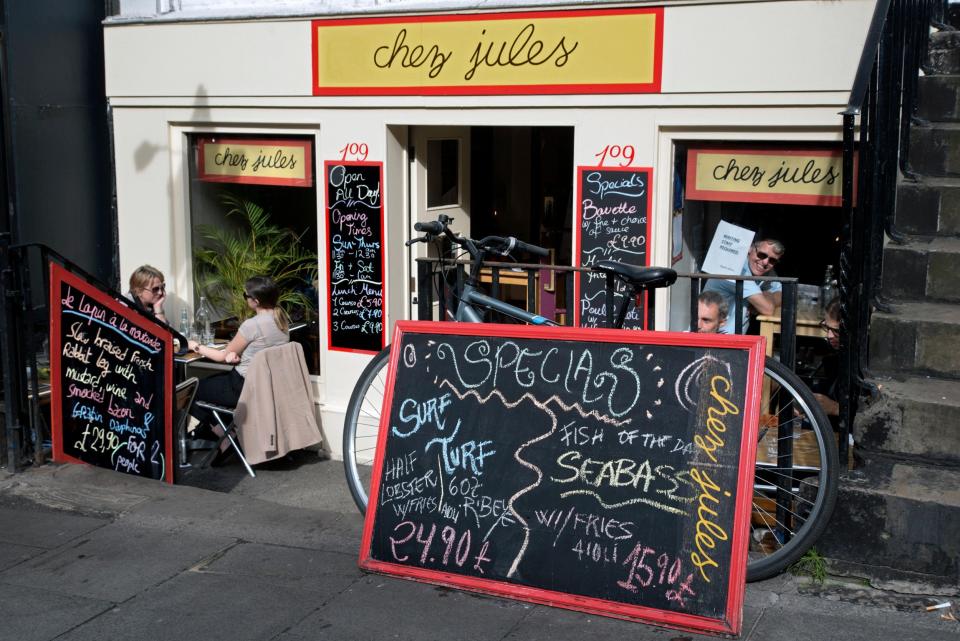

Almost unbelievably affordable (a three-course lunch costs just £12.90), Chez Jules has plenty of Gallic charm and a menu of all the classics.
What to order: French onion soup, coq au vin, mousse au chocolat
Book here
Stretford Canteen, Manchester
Linked to the much-missed Beaujolais in central Manchester, Stretford Canteen is a simple bistro with a cozy atmosphere, great wine and classic dishes.
What to order: The menu changes, but the short ribs with pommes dauphinoise are on.
Book here
Pompette, Oxford
According to food writer Ben McCormack, Pompette (also run by a Racine alumnus) is “the best thing to happen to Oxford’s food scene since Frank Cooper added Seville oranges to marmalade.”
What to order: Poulet frites (only on Wednesday evenings)
Book here
Folkestone Wine Company, Folkestone
“Like the French bistros you look for in Paris but never find,” says Elizabeth Carter of this Folkestone favorite, which opened in 2017.


What to order: The menu changes, but hake with bouillabaisse sauce and aioli when it’s on.
Book here
Ophelia, Gosforth
Carter is also a fan of Ophelia’s modern take on the French bistro, which opened this year. “It is a top-class French bistro, but modern. There is a sourdough tartine of tomato and roasted garlic, and a beautiful roast chicken with lots of fries and two nice sauces. Béarnaise because of France, and gravy because of Newcastle.’
What to order: Lyonnaise potato pithivier with girolle mushrooms and beurre blanc.
Book here